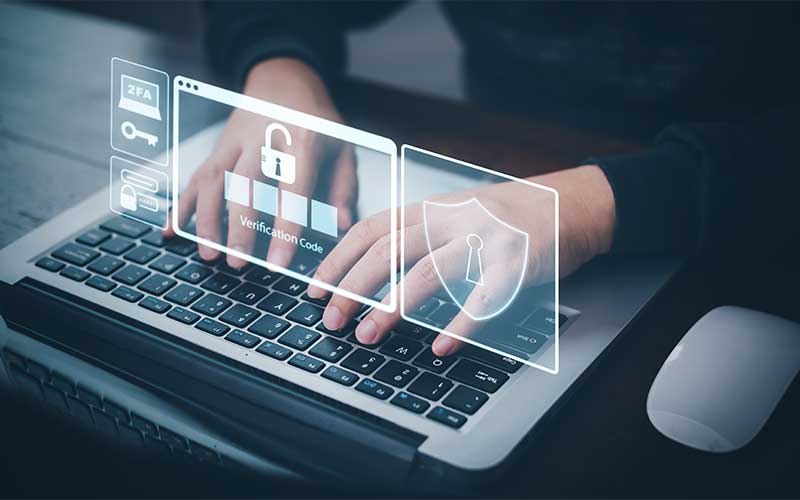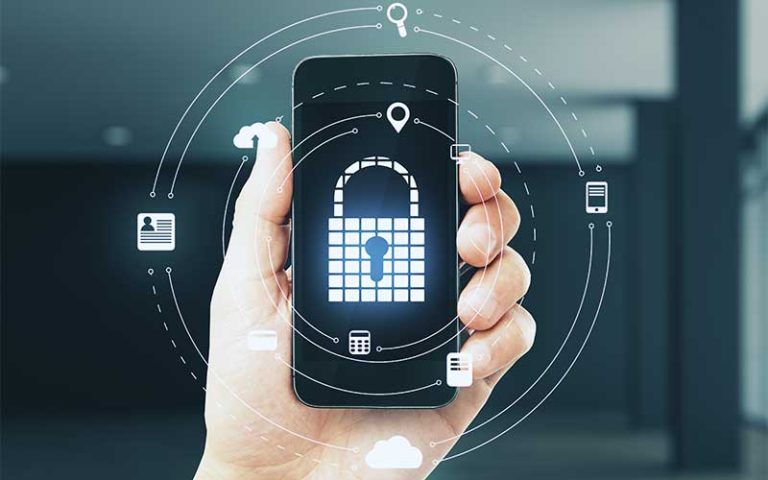Ensuring Data Privacy and Protection: Responding to Breaches Effectively
With the digital revolution bringing about a massive influx of data, protecting that data and maintaining its privacy has become a top concern for individuals and businesses alike. Understanding data…
With the digital revolution bringing about a massive influx of data, protecting that data and maintaining its privacy has become a top concern for individuals and businesses alike. Understanding data privacy, protection, and how to respond to breaches is more important than ever.
Understanding Data Privacy and Protection
Data privacy refers to the right to control how personal information is collected and used. Data protection, on the other hand, involves the measures and strategies in place to ensure the security of this data, preventing unauthorized access, corruption, or theft.
Importance of Data Privacy and Protection
Data privacy and protection are important for several reasons. For individuals, they ensure the security of personal information, guarding against identity theft and potential financial loss. For businesses, they not only protect sensitive company data but also maintain consumer trust and comply with privacy laws.
Common Types of Data Breaches
Data breaches can occur in various ways, including:
- Phishing: This involves deceptive emails or messages that trick recipients into revealing sensitive information.
- Malware: Harmful software can be installed on a system to steal data or disrupt operations.
- Physical Theft: Devices containing sensitive data can be stolen, leading to a breach.
- Insider Threats: Sometimes, individuals within an organization can intentionally or accidentally cause a breach.
How to Respond to Data Breaches
Responding promptly and appropriately to a data breach is crucial. Steps to take include:
- Identify and Isolate: Identify the scope of the breach and isolate affected systems to prevent further damage.
- Investigate: Conduct an internal investigation to understand how the breach occurred and who was responsible.
- Notify Affected Parties: Inform those affected by the breach so they can take necessary precautions.
- Review and Improve: Review your security protocols and make necessary improvements to prevent future breaches.
Best Practices for Data Privacy and Protection
- Data Minimization: Only collect and store necessary data to reduce the potential impact of a breach.
- Encryption: Encrypt sensitive data to make it unreadable to unauthorized individuals.
- Regular Updates: Keep your systems and software updated to defend against the latest security threats.
- Employee Training: Train employees on data privacy and protection best practices and how to spot potential threats.
Conclusion
Data privacy and protection are crucial in today’s digital age. Understanding these concepts and knowing how to respond to breaches effectively can help protect personal and business information from falling into the wrong hands.
FAQs
- What are data privacy and protection? Data privacy refers to the right to control how personal information is collected and used. Data protection involves the measures and strategies in place to ensure the security of this data.
- Why are data privacy and protection important? They ensure the security of personal information for individuals, protecting against identity theft and potential financial loss. For businesses, they protect sensitive company data, maintain consumer trust, and ensure compliance with privacy laws.
- What are some common types of data breaches? Data breaches can occur via phishing, malware, physical theft, or insider threats.
- How should one respond to data breaches? The response should include identifying and isolating the breach, conducting an investigation, notifying affected parties, and reviewing and improving security protocols.
- What are some best practices for data privacy and protection? Best practices include data minimization, encryption of sensitive data, regular updates to systems and software, and training employees on data privacy and protection.







